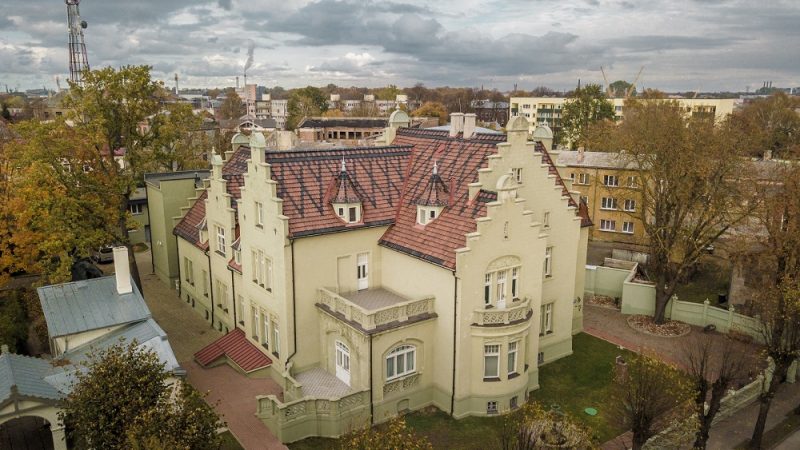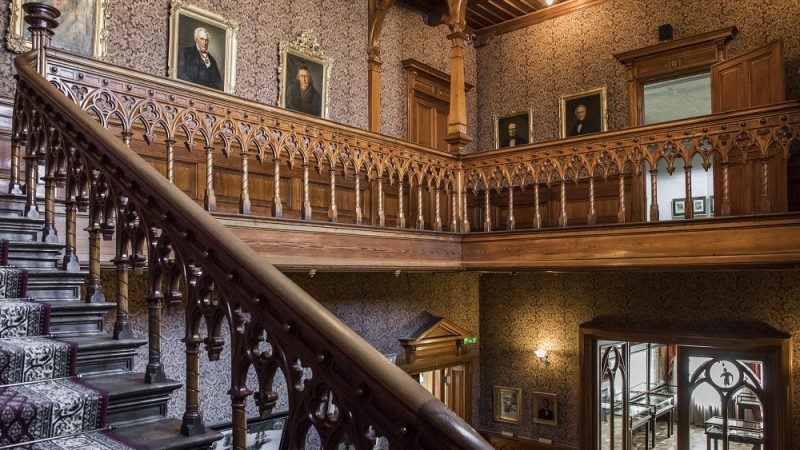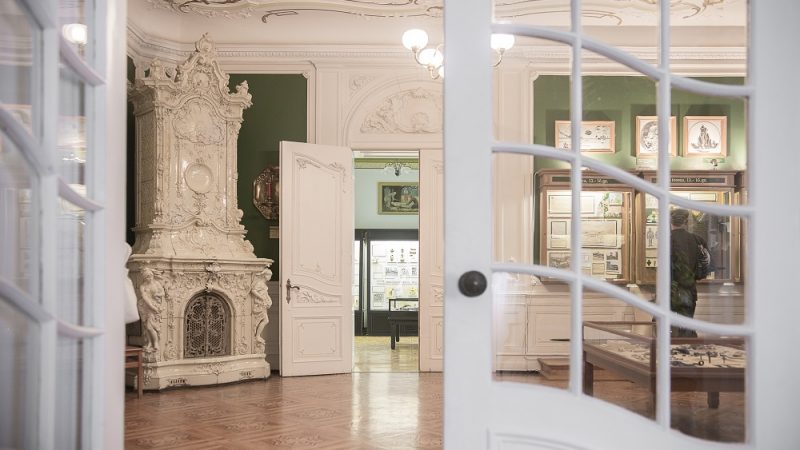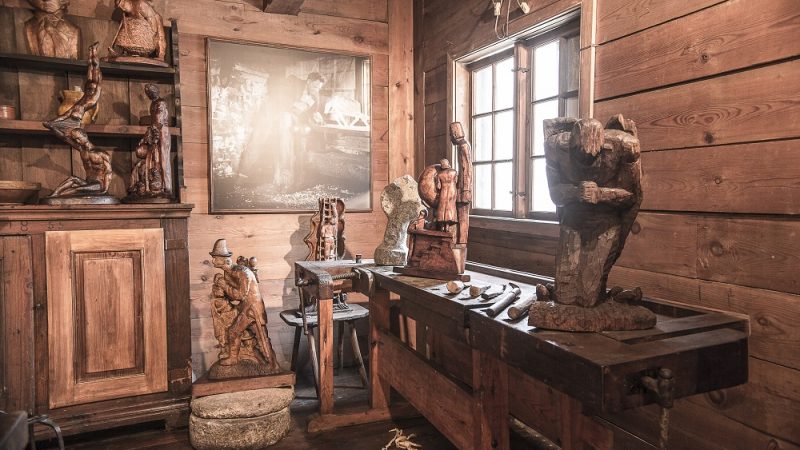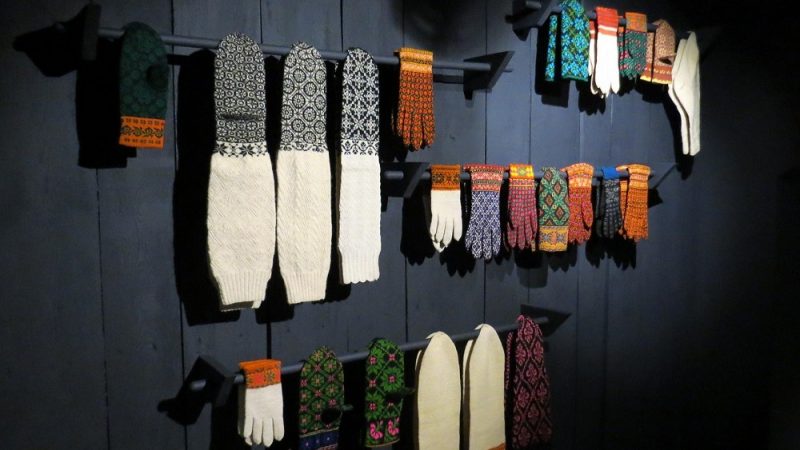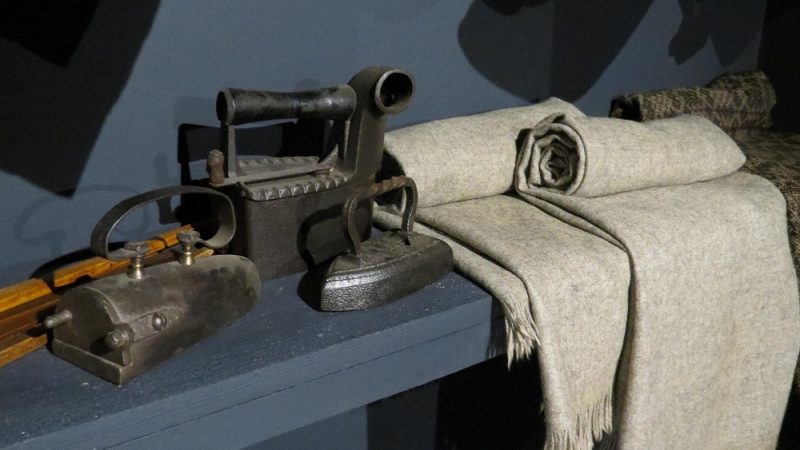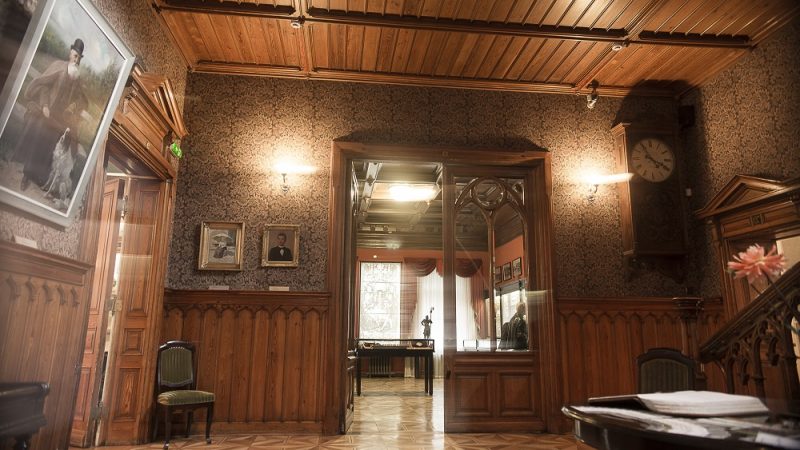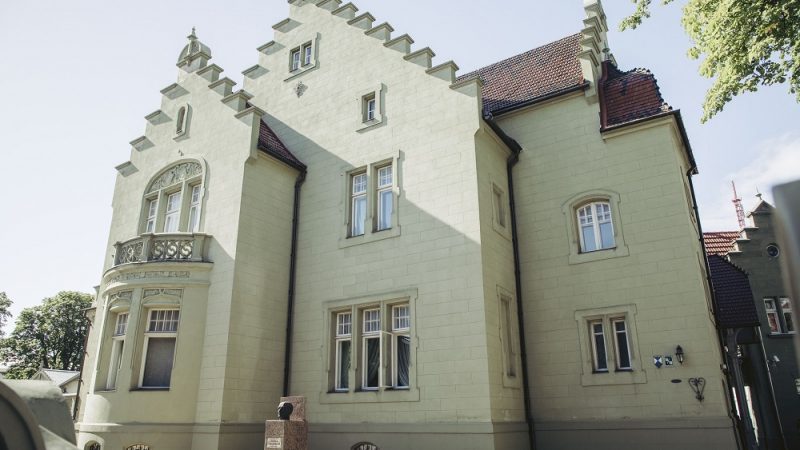Liepāja Museum has a very important role in preserving and popularizing the national cultural heritage of Latvia. This is the place where the history of Liepāja meets new and recent developments in the world of art.
Several permanent exhibits, unique archaeological artefacts, works of art, and other objects of historic interest can be seen free of charge. They tell the story of Liepāja from the Stone Age up to the 19th century. Furthermore, the visitors can also learn about the art and life of the 20th-century wood sculpture artist Miķelis Pankoks. Come and see the exhibitions to find out more about the soul, the tastes, and the sense of beauty of the coastal people. In November of 2018, a special exhibition was created to commemorate the centennial of Latvia as well as the fact that Liepāja was the capital city of Latvia for a short period in 1919.
In addition to its permanent exhibits, Liepāja Museum takes great care in regularly putting the current works of both local and international artists on display for locals and guests of the city alike.
Visitors of the Museum can request services of a professional guide to show them around and groups of schoolchildren can even take part in Museum education lessons. Also on the premises of the Museum is the Kurzeme National Costume Information Centre where guests can get information on the traditions of making and wearing different national costumes.
The building where the Museum is located is itself noteworthy. The architect Paul Max Bertschy built this former home of Dr. Nissan Katzenelson after a drawing by architect Ernst von Ihne of Berlin. The lobby was created in Gothic style, the dining room – in German renaissance style, but both salons in Baroque and Rococo styles. The building has retained both its external form and its ornate rooms rich in decorative elements.
First opened to the public on 9 May 1937, Liepāja Museum was created by a teacher, artist and student of folk art Jānis Sudmalis. Today, the Museum is the largest repository of Liepāja’s cultural heritage with more than 130,000 items and artefacts in its collection.
Information about tickets can be found here.
